
Filter News
Area of Research
- (-) Materials (20)
- (-) Nuclear Science and Technology (6)
- Advanced Manufacturing (1)
- Biological Systems (1)
- Biology and Environment (1)
- Clean Energy (12)
- Climate and Environmental Systems (1)
- Computational Biology (1)
- Energy Frontier Research Centers (1)
- Fuel Cycle Science and Technology (1)
- Neutron Science (11)
- Nuclear Systems Modeling, Simulation and Validation (1)
- Sensors and Controls (1)
- Supercomputing (10)
Media Contacts

The United Kingdom’s National Nuclear Laboratory and the U.S. Department of Energy’s Oak Ridge National Laboratory have agreed to cooperate on a wide range of nuclear energy research and development efforts that leverage both organizations’ unique expertise and capabilities.

Scientists at the Department of Energy’s Oak Ridge National Laboratory induced a two-dimensional material to cannibalize itself for atomic “building blocks” from which stable structures formed. The findings, reported in Nature Communications, provide insights that ...

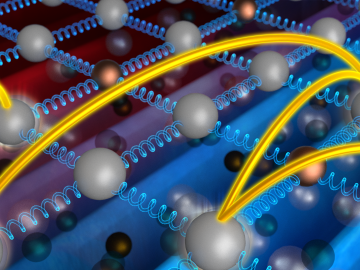
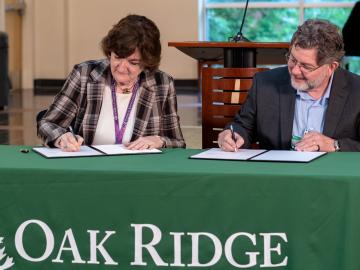
StealthCo, Inc., an Oak Ridge, Tenn.-based firm doing business as Stealth Mark, has exclusively licensed an invisible micro-taggant from the Department of Energy’s Oak Ridge National Laboratory. The anticounterfeiting technology features a novel materials coding system that uses an infrared marker for identification.

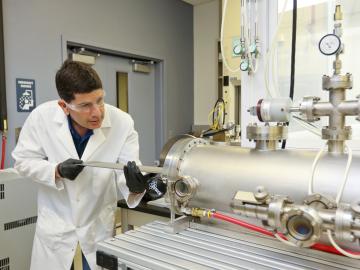

The Department of Energy’s Oak Ridge National Laboratory is now producing actinium-227 (Ac-227) to meet projected demand for a highly effective cancer drug through a 10-year contract between the U.S. DOE Isotope Program and Bayer.
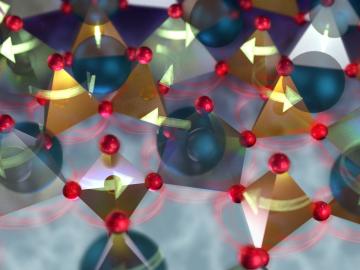
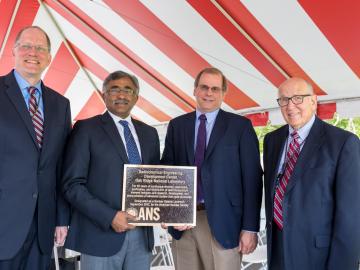
The American Nuclear Society has designated the Radiochemical Engineering Development Center at the Department of Energy’s Oak Ridge National Laboratory an ANS Nuclear Historic Landmark, recognizing more than 50 years of isotope production and nuclear fuel cycle resear...


